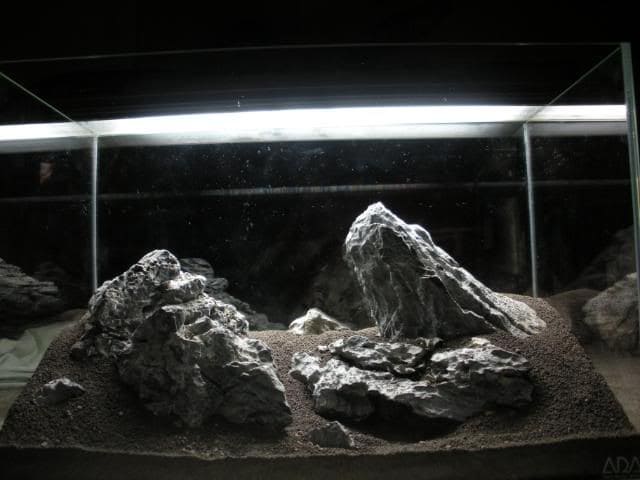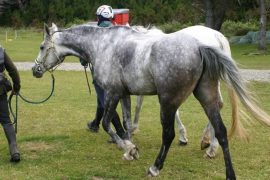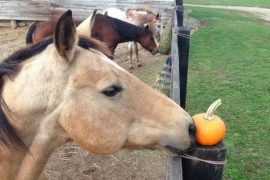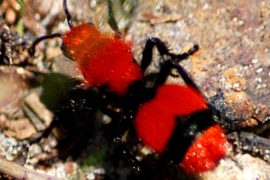With just a few tricks, you can make your aquarium look bigger and create an interesting look: The placement and selection of substrate, decorative objects, and aquarium plants make a decisive contribution to the depth effect of the facility. We will show you here what you should pay attention to when laying out a tank so that even small aquariums can make it big and become a fascinating eye-catcher.
A larger-looking aquarium: depth effect due to the sloping substrate
The most well-known method of making the aquarium appear larger is to let the substrate of the substrate continue to rise towards the back. The aquarium gravel or sand is introduced when the tank is set up in such a way that there is a slope towards the front.
Increasing substrate not only has visual advantages but also benefits the plants in the aquarium: Since larger aquatic plants usually grow in the background, they have enough space for root development. The thinner layer in the foreground ensures that the plants don’t spread too much here and possibly restrict the view.
However, there is one problem with this method: the gravel or sand will slide forward again over time. The substrate is moved and permanently leveled by work in the aquarium or by residents such as burrowing fish or shrimp. This difficulty arises above all in freshly set up tanks in which the roots of the aquarium plants have not yet established sufficient stability in the substrate.
The only short-term solution is to occasionally move part of the substrate from the front to the back when maintaining the aquarium. An aquascaping tool such as a substrate smoother or a hose that sucks up part of the substrate and distributes it further back can be used for this.
Some aquarists try to help themselves with styrofoam plates or stones that you put under the substrate. However, these do not offer the plants any space for root development and are therefore suboptimal.
A dense carpet of ground-covering aquarium plants, on the other hand, is the best way to keep the substrate in shape. Hilly landscapes can also be realized and permanently fixed in this way.
Strips of plastic foil are a popular trick to preserve the substrate while the plants are still developing roots. The strips can either be removed after a period of time when the roots of the aquatic plants give the soil enough support, or they can remain in the aquarium.
We can particularly recommend these plants as ground cover:
- Glossostigma elatinoides – Australian tongue leaf
- Marsilea crenata – dwarf clover fern
- Eleocharis spec. ‘mini’ – dwarf needle rushes
- Cryptocoryne Parva – Small water cup
- Sigittaria subulata – Little Arrowhead
- Helanthium tenellum – Delicate swamp flower
- Hemianthis callitrichoides – Dwarf Pearlwort
Depth effect in the aquarium through optical illusions
It couldn’t be simpler: If you follow the following rule, you create the impression of depth in the tank and ensure that the aquarium looks larger and more interesting.
Take advantage of the laws of optics and create an illusion in your aquarium. Anything further ahead appears larger. Arranging your aquarium so that ornaments and plants are larger in the foreground and smaller towards the back will create the impression of depth. Because the substrate rises towards the back, the smaller decorative objects remain clearly visible and are not covered by the ones in front.
Almost every aquarist thinks of the categories “foreground, middle ground, and background” when setting up the aquarium and when selecting plants. However, a lavishly furnished and planted pool consists of additional layers – the more “multi-layered” you plant your pool, the greater the depth effect you create. Make sure the layers overlap, so the front layer doesn’t completely cover the back ones. This creates an interesting and varied pool layout.
Decoration of the back wall
The selection of the back wall or background foil should also be carefully considered. Photo-printed transparencies, which are commonly used, are not necessarily ideal for creating visual depth. The reason: the printed plants are easy to see, so there is no illusion that the background is far away.
Slightly transparent, milky-white foils are often used in the aquascaping scene, often with additional lighting. The background appears so diffuse and optically moves further back – because what lies further back we see blurred. In the home aquarium, you don’t necessarily have this possibility of optical illusion. However, foils in dark blue or black offer a good alternative.
A three-dimensional background is another way to visually add depth to the aquarium. So-called 3D backgrounds have a deep structure that can be used to create great effects. It is particularly appealing if you also green the back wall with moss or epiphytes.
When setting up the aquarium, you should think about how you want to design the tank and what elements you want to use to create depth and a varied look. But you can also use these tricks afterward to create visual depth in your aquarium and make it even more exciting.
How are your experiences? We welcome any comments on the topic.





